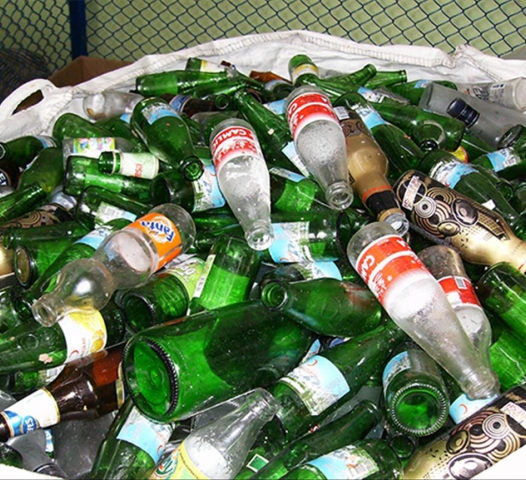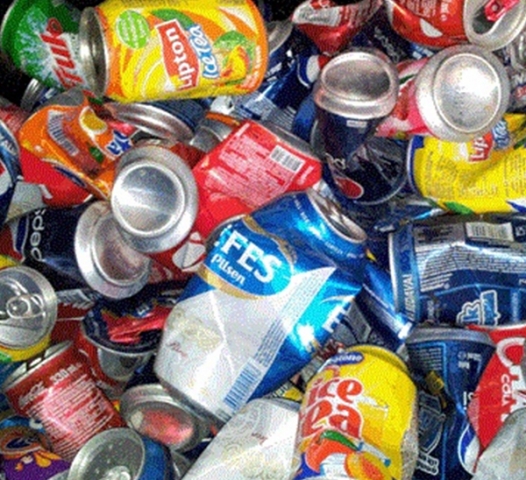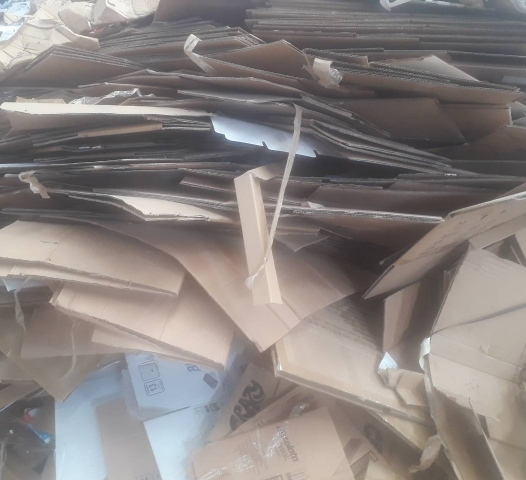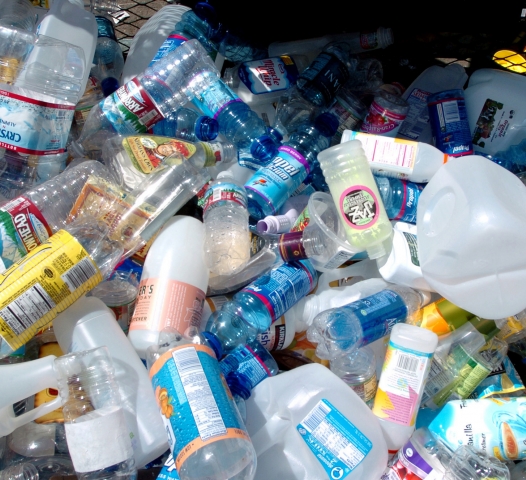Pine

There are three groups of substances in the composition of the glass. These are the so-called oxides, melts and stabilizers which can be formed into glass. These materials, which enter the glass composition, can also be called sand-soda-lime. In addition to the ingredients that enter the glass composition, cama has auxiliary components that provide important features and provide some benefits in production.
Glass Savings
Wednesday, January 30, 2008
Decrease in energy consumption: 25%
Decrease in air pollution: 20%
Decrease in mine waste: 80%
Decrease in water consumption: 50%
Protected natural resources: Sand, soda, lime
From 1970 onwards, over a million tonnes of glass packaging waste were collected
- 1.5 million tons of raw materials from unexploited natural resources,
Significant reductions in greenhouse gas emissions have been achieved due to fossil fuel savings of over 30 thousand tons.
Glass recycling is an endless story. Unlike plastic and paper, glass can be re-evaluated without limit. Theoretically glass containers can be made from almost 100% old glass without any loss of quality.









